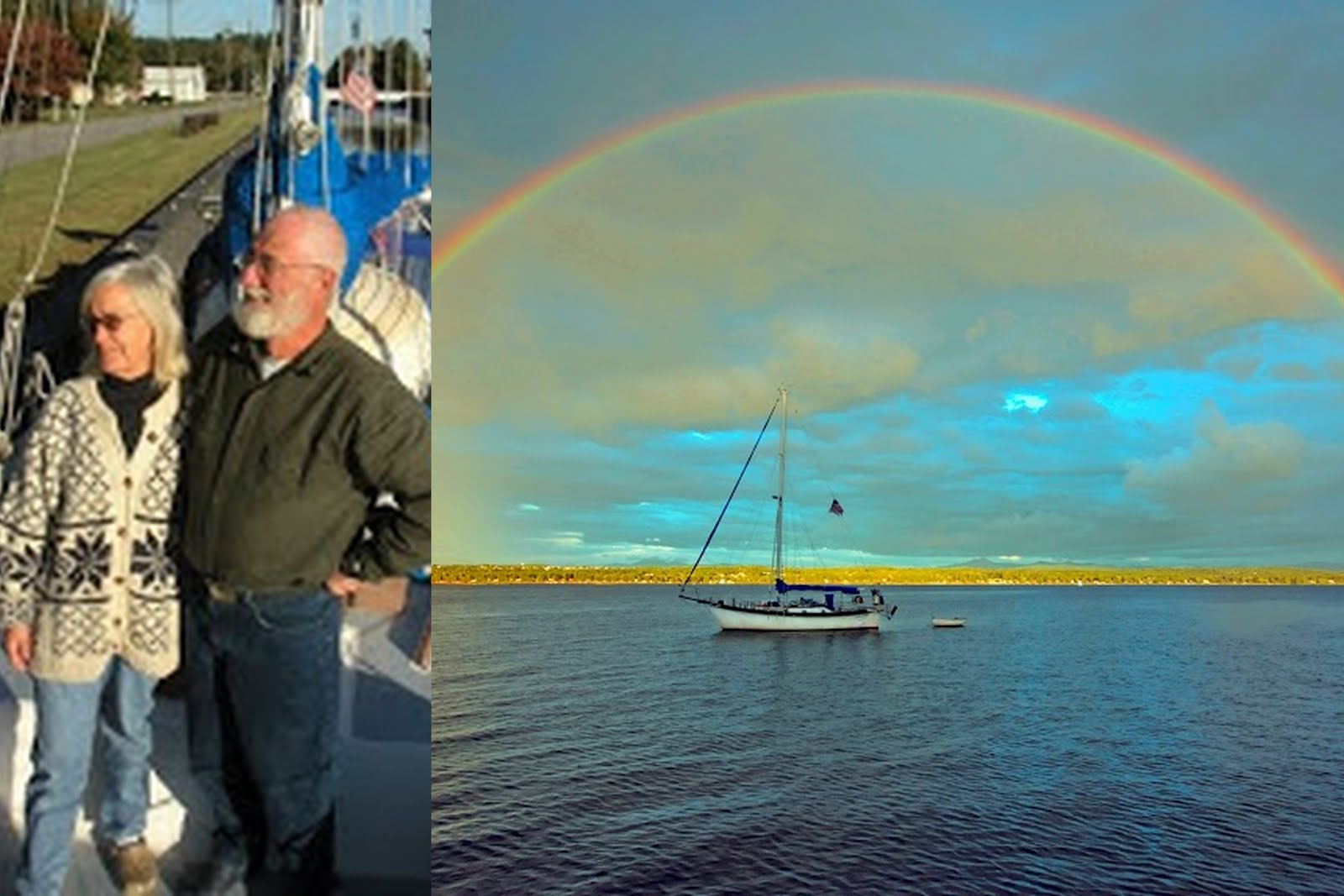34 42.54 N 081 05.58 W
A while back I wrote that barrier islands fascinate me. I wanted to understand how they are formed and how they stay stable, and especially why they are so prominent on the SE corner of North America but not elsewhere in the world. My friend Ken sent me to a web site for an explanation. I looked there, but the explanation seemed very curt and unsatisfying. What it said was that it is very complex but:
- There is a supply of sand sufficient to form islands;
- sea level is rising; and
- there are winds and waves with sufficient energy to move the sand around.
However, the web site pointed me to a book. The Nature of North Carolina’s Southern Coast: Barrier Islands, Coastal Waters and Wetlands. I bought that book and read it.
The story was fascinating. It started all the way back with the super continent Pangea. It covered subjects of geology, tectonics, oceanography, weather, climate, sea level changes, physics, chemistry, and ecology. It turns out that all those facets played a role and must be understood. The explanation took 100 pages. It answered all my questions but one.
So, now that I understand, can I provide my readers with an easy to understand bite size explanation to satisfy their own curiosity? Sadly, no. What I can say is: It is very complex but:
- There is a supply of sand sufficient to form islands;
- sea level is rising; and
- there are winds and waves with sufficient energy to move the sand around.
What is the one question remaining? It seems to me that sedimentation should quickly fill the lagoons and estuaries behind the islands making them fast land. That doesn't happen. The book doesn't address the subject except in the immediate vicinity of inlets,
By the way, isn't that satellite picture of NC wonderful? It shows the entire area from Norfolk to Beaufort that we like so much including all the side trips. We look forward to returning there.





Nice post, thanks! I like how you wonder about things and then endeavor to find out :)
ReplyDeleteOn the "why they don't fill in"... could it be because there are sufficient waterways and currents (you know, the ones you have to try to time when you are traversing them!) to keep them open?
If so... why aren't they elsewhere... I don't know. And I don't know if they are or aren't elsewhere. But it came to mind.
The bottom of the ICW is mud, not sand. It has to be dredged out in some areas of navigation. There is your sediment. It just doesn't happen as fast in areas where there is a current. My old marina at ICW MP 200 is one place it collects. They have to dredge a couple of feet of mud every five years or so.
ReplyDeleteDoes you book talk about the swamplands and how they were formed?